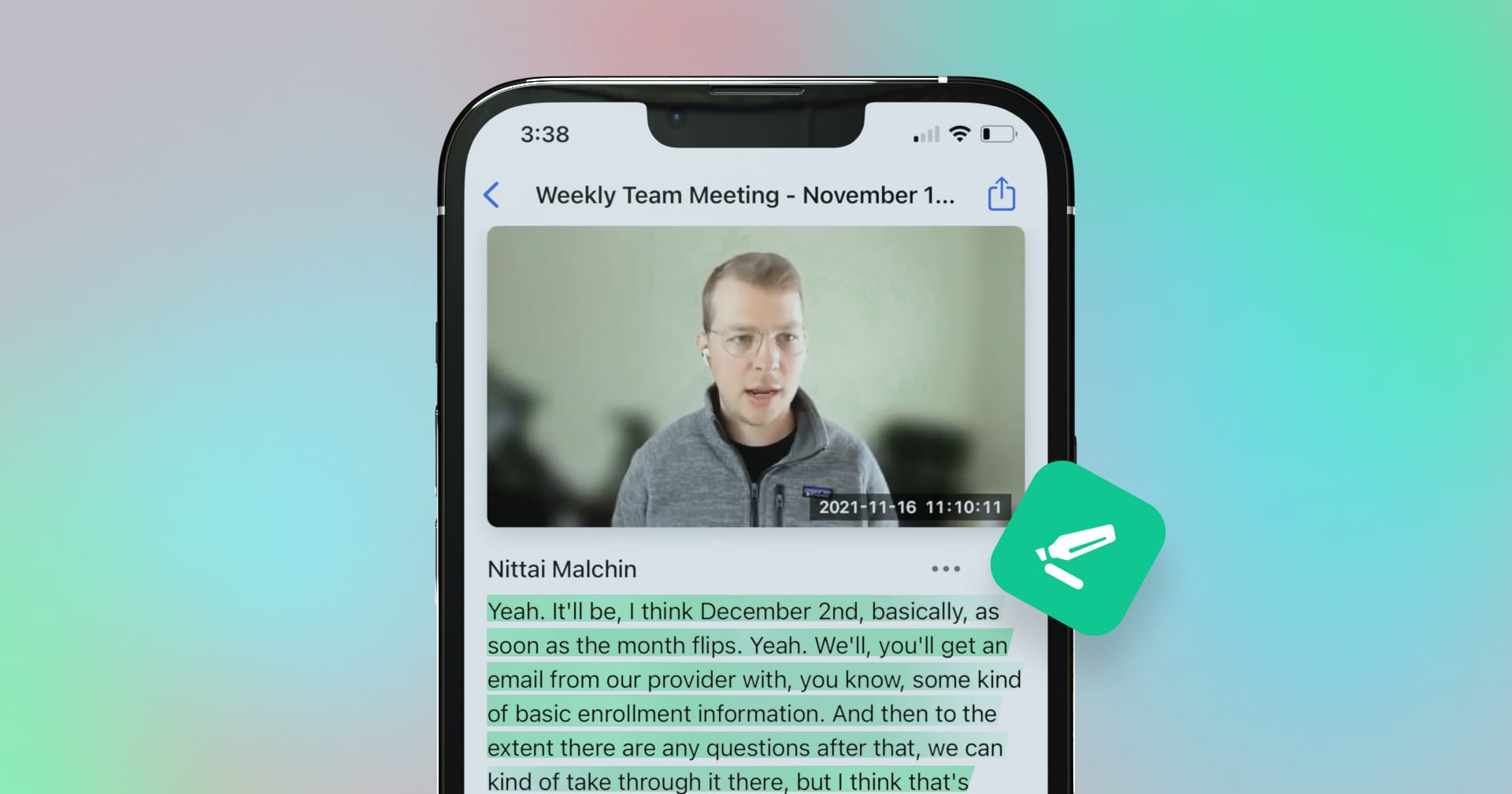The Zen Art of Keeping Meetings Lean
Meet the new office trope: the passive meeting attendee. Read more about what you can do to host a leaner, more active meeting!
By Connor Sears in

Remote and hybrid work reduced many aspects of the modern office experience: our commutes, our time spent in the office, our casual interactions with colleagues. But, almost as if in response to those changes, the number of new meetings conducted skyrocketed. A few years later, this glut of gatherings has resulted in a new office trope: the passive meeting attendee.
What is a passive meeting attendee? It’s the non-stakeholder on mute who doesn’t participate — the guest at a meeting who either doesn’t want (or need) to be there but feels obligated to attend, or the one with FOMO who logs on just to feel included.
There’s something about a bloated meeting with too many people — a diffusion of responsibility that results in long silences and unassigned tasks rather than efficient planning. The more passive meeting attendees on your daily call sheet, the more bloat you’ll see in spaces where decision-making should be taking place.
What’s the risk?
Why should you worry about a few optional guests? Well, first of all they don’t want to be seen as optional, and it’s burning them out. Back-to-back meetings have been shown to decrease your ability to focus and engage, and rapid transitions between meetings cause stress. All of this leads to a decrease in satisfaction and productivity for your employees, which is a less-than-ideal outcome in today’s changing marketplace. And why increase stress and lessen everyone’s productivity for a few meetings they didn’t need to attend in the first place?
In a remote work environment, where the only opportunities for facetime are scheduled, meetings can take on less of a tactical role and become a stage for performance. This makes it even harder to make decisions. Employees who are less keen on speaking in front of dozens of people, or who like to process information on their own before responding, are harder to re-engage later out of context.
And this isn’t a small problem: Microsoft found that the number of meetings per week had increased over 150% for Teams users since the beginning of the pandemic. How many of those additional meetings needed to happen for each employee? All of this costs your company time, money, and personnel energy that could be better spent doing the jobs they’re paid to do.
How to host a leaner, more active meeting
If your remote organization is deep in meeting culture, here are some ways to ensure the leanest, most effective meetings that reduce passivity and encourage momentum.
Curate the attendee list
A big advantage of remote work is the ability to record and share meetings asynchronously. In this case, the manager who only showed up to confirm their team’s headcount can do that later, by checking the recording. If a project has design elements, does the whole department need to attend, or just the designer working on the project? Only invite the people who can provide critical input for the decision you need to make. According to the Harvard Business Review, the most productive meetings have fewer than eight people (ideally five). Keep it small, keep it short, and keep it moving.
Make it collaborative
Once the crucial decision makers are in the room, you’ll know that everyone’s voice is relevant to the discussion. You should create an environment that reflects that. Some of this is basic meeting etiquette, like making sure everyone has space to contribute. Set an agenda, and make sure to ask the right questions to get everyone involved. Using tools like Rewatch, you can invite team members to leave further commentary on the meeting recording itself anytime post-meeting, extending that collaboration.
Set the goals of your meeting — then stick to it
Meetings are either about decisions or feedback. Conflating those goals means more people will have to attend, only to relate to half the content. Keep your meetings focused, and make that focus clear to everyone invited.
Help your team “attend without attending”
People can get a lot out of meetings they never attended if you give them the right tools, which is the first step to breaking down a heavy meeting culture and moving to one that’s more intentional. But supporting your team with the ability to opt out of unnecessary meetings only works if they know they won’t be missing out on information or opportunities to participate.
Recorded meetings should be:
Integrated where your team lives
Once a meeting at Rewatch is complete, the recording is pushed to Slack for anyone who wants to watch it. People can subscribe to topics or departments that are interesting to them, so they can keep on top of meetings they might not even have been invited to in the first place.
Easy to engage with
Rewatch’s employees can watch meetings at 2.5x on their own time, just watch the important highlights of a video, and referencing those against the AI-generated summaries of top points. In half the time (or less!), you’ve got what you need.
Within context
If you’ve ever had a brilliant idea five minutes after a meeting ended, you’re not alone. Rewatch allows you to add your thoughts directly to the meeting itself after the fact, which means whether you weren’t ready to contribute or you weren’t there at all, you can still contribute to the ecosystem of the conversation. The ability to go back through all recorded meetings means no gathering takes place in a silo. This builds a corpus of accessible information that can help everyone from senior leadership to day–one employees stay informed and in the loop.
With Rewatch, your team can grasp the fullness of a discussion without having to be in multiple places at once. They save time and frustration, you save money and sanity, decisions get made faster and everyone gets back to pushing the company forward. (Once this next meeting is over, at least!)
Recommended posts

Get your team up to speed faster with Highlights
Insights for the modern workplace
Get fresh ideas and practical tips to help your team work better, together. Delivered straight to your inbox.